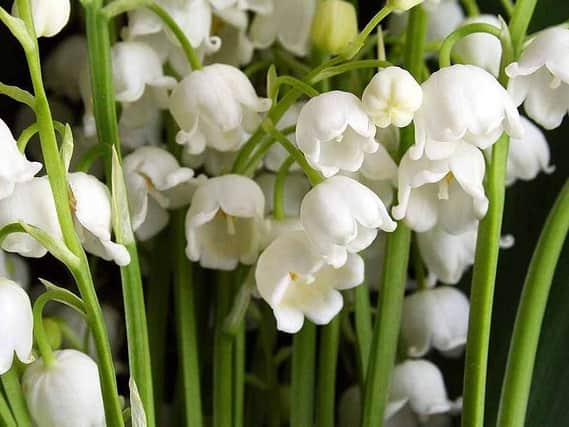Nine poisonous garden plants revealed
This article contains affiliate links. We may earn a small commission on items purchased through this article, but that does not affect our editorial judgement.


The experts at GardenBuildingsDirect.co.uk have researched the plants that could cause harm to humans and pets.
Among the list are garden favourites like Lily of the Valley, Wisteria and Hydrangea. If eaten, these can lead to symptoms including vomiting and nasty rashes.
Advertisement
Hide AdAdvertisement
Hide AdOthers have more sinister sounding names including Deadly Nightshade which can lead to hallucinations and convulsions and Hemlock which in the most severe cases, can kill.
Even dessert favourite rhubarb can cause damage if you eat the leaves.
A spokesperson for Garden Buildings Direct said: “Don’t be fooled by a pretty, sweet smelling plant – it could be hiding a deadly secret – and could leave you and your pet feeling a little under the weather.
“There are some on our list that clearly have lethal tendencies, like Deadly Nightshade and Hemlock. Others are a little more surprising.
Advertisement
Hide AdAdvertisement
Hide Ad“Take hydrangeas for example. Who knew these beautiful, flower laden plants contained cyanide? And our springtime favourites Daffodils – if a dog digs up and chews on the bulb it could lead to vomiting, diarrhoea and convulsions.”
Here is GardenBuildingDirect.co.uk’s list of poisonous plants:
Lily of the Valley
It may smell and look lovely but the toxic compounds in Lily of the Valley called cardiac glycosides can leave you feeling dizzy, vomiting and covered in a rash.
Rhubarb
Delicious in a crumble as long as you just use the stalk and avoid the leaves. Eating too many may cause your kidneys to shut down.
Wisteria
Advertisement
Hide AdAdvertisement
Hide AdThese plants rarely harm humans but the seed pods are toxic to dogs, cats and horses.
Daffodil
The bulbs are the dangerous part of this plant. If you have a dog that loves to dig, keep them away from your daffs. Eating them will cause vomiting, convulsion and diarrhoea.
Hydrangea
These contain cyanide. But don’t worry, you need to eat lots for it to be fatal.
Deadly nightshade
Most common in central, eastern and southern parts of the UK, this can cause dilated pupils, problems balancing and a rash. It may eventually lead to hallucinations and convulsions.
English yew
Advertisement
Hide AdAdvertisement
Hide AdAlmost every part of this is poisonous, especially the leaves and seeds. Eating these can leave you feeling dizzy, have a dry mouth and dilated pupils.
Hemlock
Often found on riverbanks and in ditches, this can cause sickness if eaten. In severe cases, it can kill by paralysing the lungs.
Rhododendron
This beautiful plant produces mad honey. In Roman times troops were given honey made from the plant which poisoned them. Symptoms include vomiting, confusion and heart problems.